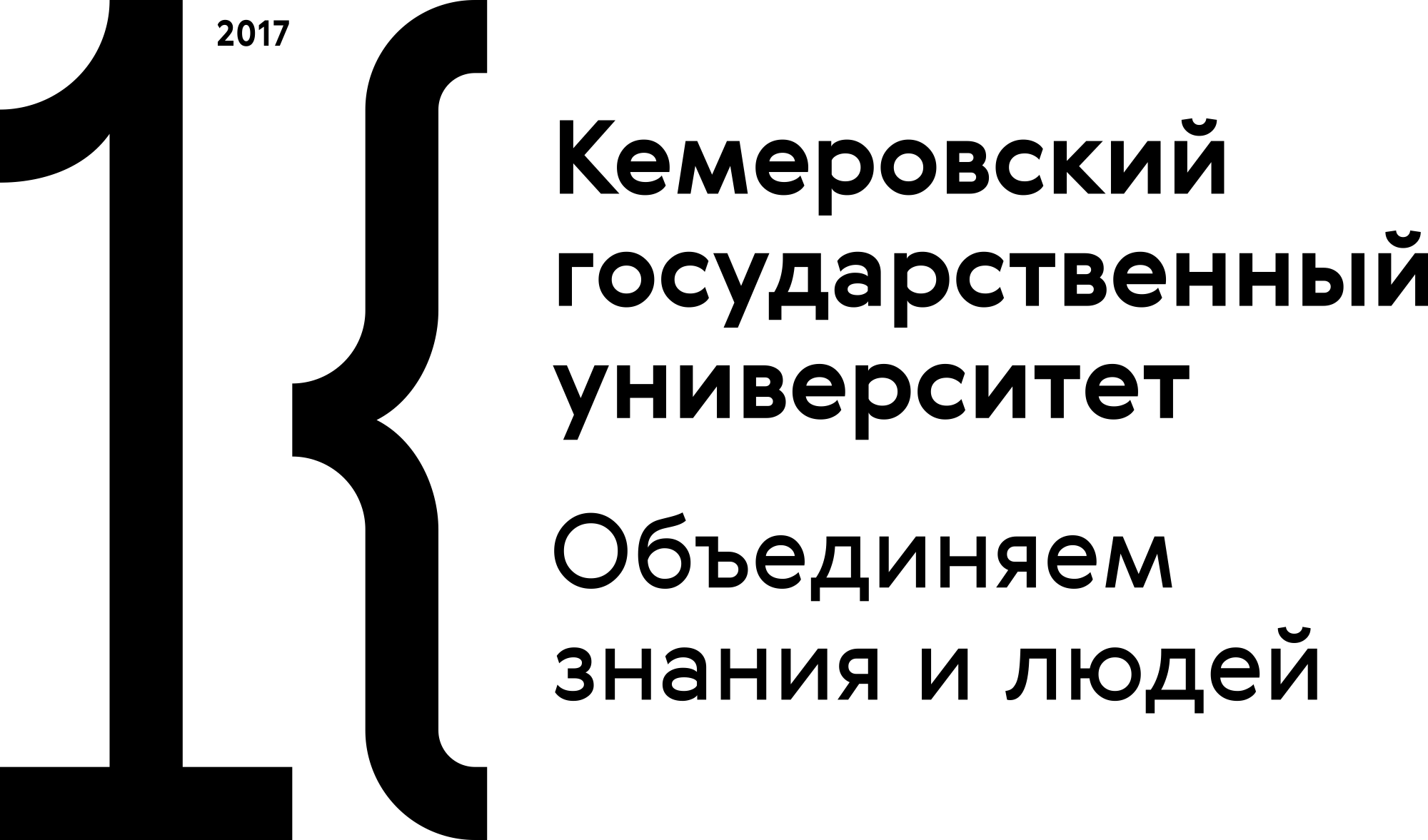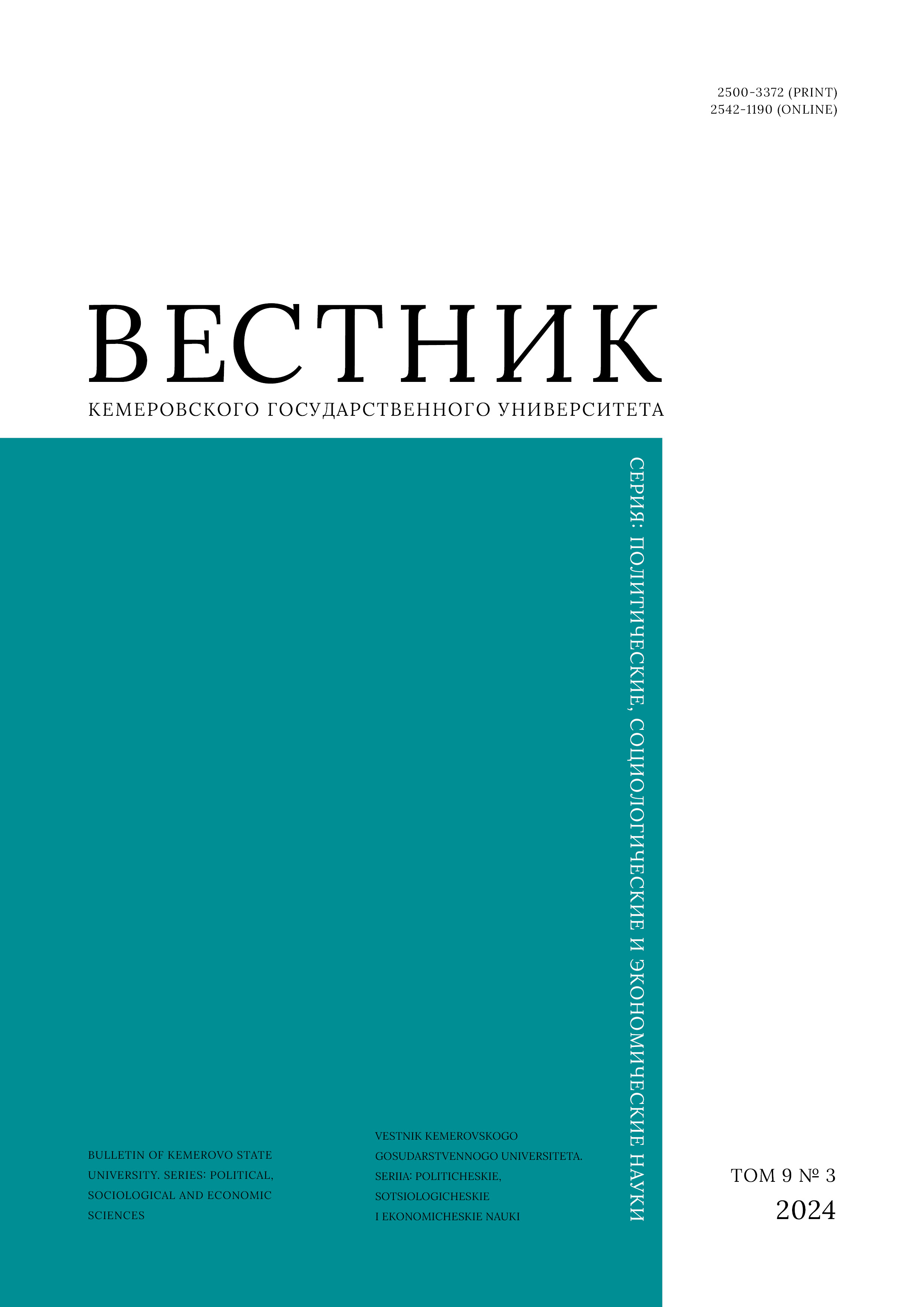Penza State University
Samara, Russian Federation
Penza, Penza, Russian Federation
VAK Russia 5.4.7
The system of medical and social expertise in Russia is three years old. Involvement of public and the non-profit sector have resulted in a significant number of representatives of specialized non-profit organizations in public commissions under the chief bureaus of sociomedical assessment. Patient-oriented non-profit organizations introduce new guidelines into the system, e.g., a more rapid adjustment of medical and social expertise to the needs of the target group. Nevertheless, the quality and accessibility of sociomedical assessment services remain a prospective research field. The article describes the involvement of non-profit organizations and associations in the activities of public commissions under the chief bureaus of medical and social assessment. The research was part of the project on Public participation in improving the sociomedical assessment in the Russian Federation: involvement, development, and monitoring. The research data were obtained from structured interviews with representatives of public commissions at the chief bureaus of sociomedical assessment and focus group interviews. Two groups included 12–15 representatives of patient non-profit organizations involved in public commissions. The resulting analysis of the composition of public commissions for 2018–2022 revealed the following facts. Patient non-profit organizations were the most significant group among public commissions are representatives of patient non-profit organizations (34.1%). Representatives of the chief bureaus of sociomedical assessment tended to leave: 12% in 2018 and 4% in 2022. The wide representation of non-profit organizations indicated the public orientation of the commissions. The most active participants were those non-profit organizations that consulted citizens, thus improving the effectiveness of the commissions. The factors that affected the activity of public commissions were connected with their employees, i.e., their awareness, goal understanding, motivation for public work, involvement, and workflow management. Patient non-profit organizations participated in the work of public commissions in following types: presence, representation, and goal achievement. The current development vector is the shift to the type of goal achievement.
activity of non-profit organizations, patient non-profit organizations, patient activism, public commission, medical and social expertise, healthcare and rehabilitation, interests of patients
1. Khokhlov A. L., Sychev D. A. The concept of patient-oriented medicine and pharmacy. Patient-Oriented Medicine and Pharmacy, 2023, 1(1): 1–4. (In Russ.) https://doi.org/10.37489/2949-1924-0001
2. Starshinova A. V., Borodkina O. I. Sustainability strategies of socially oriented NPOs: Grant support mechanism. Economic and Social Changes: Facts, Trends, Forecast, 2022, 15(5): 221–236. (In Russ.) https://doi.org/10.15838/esc.2022.5.83.12
3. Zelepukin R. V. The nonprofit sector role and importance in the social state development: To the question of nonprofit organizations special legal status. Aktualnye problemy gosudarstva i prava, 2019, 3(9): 76–88. (In Russ.) https://doi.org/10.20310/2587-9340-2019-3-9-76-88
4. Kleineberg M. Non-profit organizations within Russia's welfare sector. The journal of sociology and social anthropology, 2000, 3(1): 134–153. (In Russ.) https://elibrary.ru/oncfzf
5. Olkhovik N. V. Cooperation of public councils with assistants of principals of local offices of the Federal Penal Service over the protection of human rights. Tomsk State University Journal, 2016, (405): 173–177. (In Russ.) https://doi.org/10.17223/15617793/405/25
6. Radina N. K. "Non-resistance to evil by violence": Nature of activism of Russian non-governmental organizations. The journal of social policy studies, 2011, 9(2): 207–218. (In Russ.) https://elibrary.ru/nunrqp
7. Repnikov S. A. Non-profit organizations as part of civil society in Russia: The current state and problems. Pravo i gosudarstvo: teoriia i praktika, 2019, (11): 82–84. (In Russ.) https://elibrary.ru/aenoez
8. Shabunova A. A., Kosygina K. E. Public administration issues in the development of the non-profit sector at the regional level. Economic and social changes: Facts, trends, forecast, 2019, 12(4): 86–103. (In Russ.) https://doi.org/10.15838/esc.2019.4.64.6
9. Starsinova A. V., Arkhipova E. B., Borodkina O. I. The patterns of interaction between Russian citizens and NGOs in the context of institutional change. Journal of Institutional Studies, 2022, 14(4): 42–55. (In Russ.) https://doi.org/10.17835/2076-6297.2022.14.4.042-055
10. Tsyganova O. A., Svetlichnaya T. G. Formation of patient rights protection systems in foreign countries. Ekologiya cheloveka, 2013, 20(3): 39–45. (In Russ.) https://doi.org/10.17816/humeco17375
11. Baggott R., Forster R. Health consumer and patients’ organizations in Europe: Towards a comparative analysis. Health Expectations, 2008, 11(1): 85–94. https://doi.org/10.1111/j.1369-7625.2007.00472.x
12. Glukhovskii V. V., Guk A. P., Slabkoi G. A., Frolov Iu. A., Tsolova S. The impact of citizens and their organizations on healthcare system: International experience. Kiev: Dizain i poligrafiia, 2006, 100. (In Russ.)
13. Abramov A. Yu., Vitkovskaya I. P. The role of public organizations in the organization of medical care: According to a survey of parents of children suffering from orphan diseases. RUDN Journal of medicine, 2018, 22(4): 443–449. (In Russ.) https://doi.org/10.22363/2313-0245-2018-22-4-443-449
14. Benevolenskiy V. B., Shmulevich Ye. O. Government support for socially oriented NPOs: Foreign experience. Public Administration Issues, 2013, (3): 150–175. (In Russ.) https://elibrary.ru/rboked
15. Krasheninnikova Yu. A. The role of NGOs in the management of the healthcare system and the prospects for the development of the patient movement in Russia. The journal of social policy studies, 2009, 7(4): 519–534. (In Russ.) https://elibrary.ru/kxzxun
16. Kulkova V. Yu. Non-profit organizations in provision of healthcare services at state and regional levels. Gosudarstvennoye upravleniye. Elektronnyy vestnik, 2022, (95): 81–92. (In Russ.) https://doi.org/10.24412/2070-1381-2022-95-81-92
17. Masyuk S. V. Activity of patient organizations in health system of the Russian Federation. Vestnik universiteta, 2015, (6): 44–49. (In Russ.) https://elibrary.ru/wansdx
18. Scherbina M. V. Institutionalization of the expert community: Public councils under the authorities. Vlast, 2018, 26(3): 55–60. (In Russ.) https://elibrary.ru/yugsri
19. Dyakova E. G. Public councils at the regional level: Some areas of activity. Theories and Problems of Political Studies, 2017, 6(3A): 96–117. (In Russ.) https://elibrary.ru/zrpijf
20. Dyakova E. G., Trakhtenberg A. D. Public councils under executive bodies: Experts, controllers or community advocates? Monitoring of Public Opinion: Economic and Social Changes, 2019, (6): 180–201. (In Russ.) https://doi. org/10.14515/monitoring.2019.6.09.
21. Orlova I. V., Sokolova T. D. The role and functions of public councils in enhancing effectiveness of regional state authorities. RUDN Journal of Sociology, 2017, 17(1): 124–131. (In Russ.) https://doi.org/10.22363/2313-2272-2017-17-1-124-132
22. Matveeva E. V., Mitin A. A., Alagoz A. V. Institution of public control in the regional political landscape: Current state and prospects for development. Tomsk State University Journal of Philosophy, Sociology and Political Science, 2018, (43): 191–202. (In Russ.) https://doi.org/10.17223/1998863X/43/18
23. Ragozina L. G. Public participation in the development and quality control of social services: The experience of Russia and foreign countries. The journal of social policy studies, 2015, 13(1): 97–108. (In Russ.) https://elibrary.ru/tphxdr
24. The model and practices of the Alliance of Non-profit Organizations "Public Expertise in Healthcare", eds. Vlasov Ia. V., Churakov M. V. Moscow: HSE University, 2009, 192. (In Russ.)



















